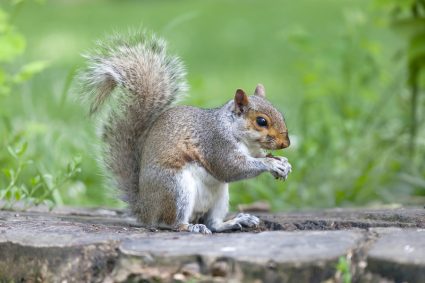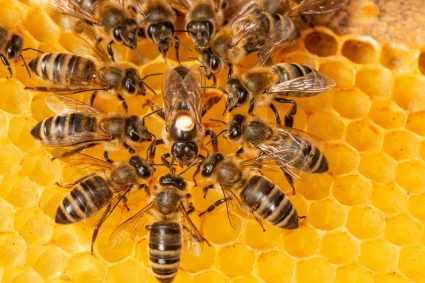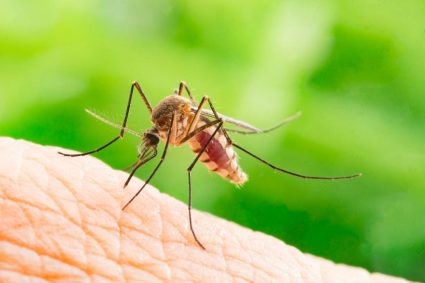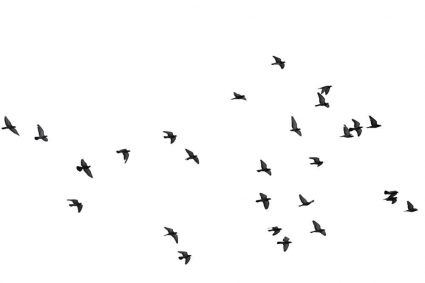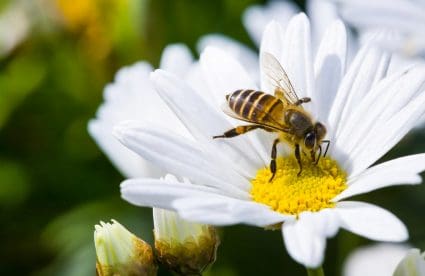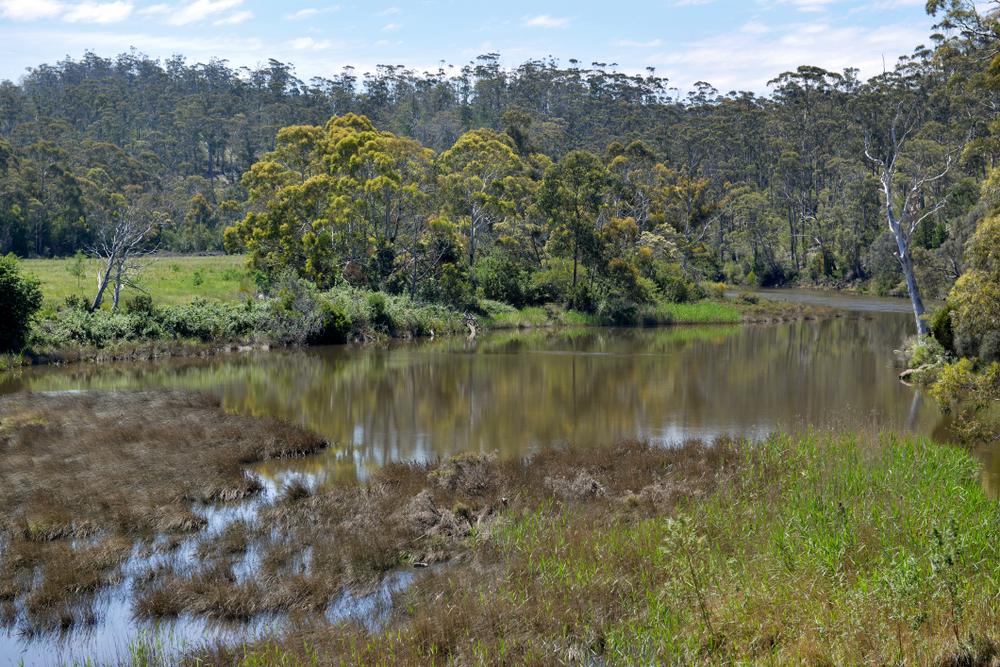
Sheds can be a great addition to any garden, providing a place for storing tools, gardening supplies, and other items. However, they can also attract unwanted visitors. From raccoons to rodents, a variety of creatures might find your shed to be the perfect home. This comprehensive guide will walk you through several effective strategies to keep animals out of your shed.
To keep animals out of your shed, start by securing all openings with wire mesh, keeping the shed clean and clutter-free, and installing a barrier around the shed. Use natural repellents, seal gaps and cracks, remove food sources, and maintain the area around the shed. If an animal has already taken residence, remove it safely and humanely, then take steps to prevent future infestations. Always use humane methods and consider professional help if needed.
Common Animals That Invade Sheds
The first step in keeping animals out of your shed is knowing what you’re dealing with. The most common culprits include raccoons, opossums, skunks, woodchucks, rats, mice, chipmunks, and even feral and stray cats. These animals are attracted to sheds because they provide shelter, warmth, and protection from predators.
Why Animals Are Attracted to Sheds
Animals are primarily attracted to sheds for three reasons: shelter, food, and water. Sheds often provide a dark, dry, and safe space for animals to nest. They are usually set further away from houses in quieter areas of the yard, which makes them feel safe and undisturbed.
In addition to shelter, animals are drawn to garbage and other food sources that might be stored in or around sheds. Water sources, such as moisture buildup or leaks, can also attract pests that need water to thrive.
How to Prevent Animals from Entering the Shed
To deter animals from entering your shed, you should:
- Secure shed openings with wire mesh: This can prevent animals from entering.
- Keep the shed clean and clutter-free: Regular cleaning and organization can make it less appealing to animals.
- Install a barrier around the shed: A trench filled with wire mesh or hardware cloth can prevent animals from digging under the shed.
- Use repellents: Natural repellents like peppermint oil or cinnamon oil can deter rodents.
- Seal gaps and cracks: Silicone caulk can be used to fill gaps in the walls, windows, and shed roof.
- Remove food sources: Storing food in tightly sealed containers can prevent the smell from attracting animals.
- Maintain the area around the shed: Keep garbage in sturdy trash cans with lids and store them away from the shed.
How to Make the Interior of the Shed Unattractive to Animals
To make the interior of a shed unattractive to animals, follow these steps:
- Keep the shed clean: Regularly clean the shed to make it less appealing to animals.
- Remove food sources: Avoid storing food or garbage in the shed.
- Seal gaps and holes: Fill small holes with steel wool and caulk or use spray foam to seal any gaps where rodents or other animals might enter.
- Install wire mesh or hardware cloth: Use wire mesh or hardware cloth to cover any openings to prevent animals from entering.
What to Do if an Animal Has Already Taken Residence
If an animal has already taken residence in your shed, it’s important to remove it safely and humanely. Avoid using traps or poison, as these can harm the animals. Instead, use a garden hose to spray the animal, encouraging it to leave the area. If the animal has babies, you may need to remove them by hand or wait until the mother leaves to find food before attempting to remove them.
Once the animal and any offspring have been removed, you should take steps to prevent future infestations. This includes securing the area with wire mesh, removing food sources, and keeping the shed clean and organized.
Conclusion
Keeping animals out of your shed is a multi-step process that involves making the shed and its surroundings unattractive to animals, sealing off potential entry points, and removing any animals that have already taken up residence. By following these steps, you can maintain a clean, animal-free shed. Remember, always use humane methods to deter and remove animals, and consider seeking professional help if an infestation becomes too large to handle on your own.
Frequently Asked Questions
What other types of repellents can be used to deter animals?
There are many types of repellents that can be used to deter animals. In addition to natural oils like peppermint and cinnamon, you can also use commercial repellents. These are often made from predator urine or other scents that animals find unpleasant.
What should I do if the animal in my shed is aggressive or dangerous?
If the animal in your shed is aggressive or dangerous, it’s best to call a professional wildlife control service. They are trained to handle a variety of wildlife and can safely remove the animal without causing harm to it or to you.
Can I use traps to catch the animals?
While traps can be effective in some cases, they should only be used as a last resort and always in a humane way. Live traps that do not harm the animal are preferred. Again, if you are not comfortable handling trapped animals, it’s best to seek professional help.
Why is it important to keep the area around the shed clean?
Keeping the area around the shed clean can help deter animals by eliminating potential food sources and hiding places. Trash, clutter, and overgrown vegetation can attract animals and provide them with the shelter they need to feel safe.
What if the animal has made a nest in my shed?
If an animal has made a nest in your shed, you will need to remove the nest after the animal has been safely removed. Be sure to wear gloves and a mask to protect yourself from potential diseases. After the nest is removed, thoroughly clean and disinfect the area.


